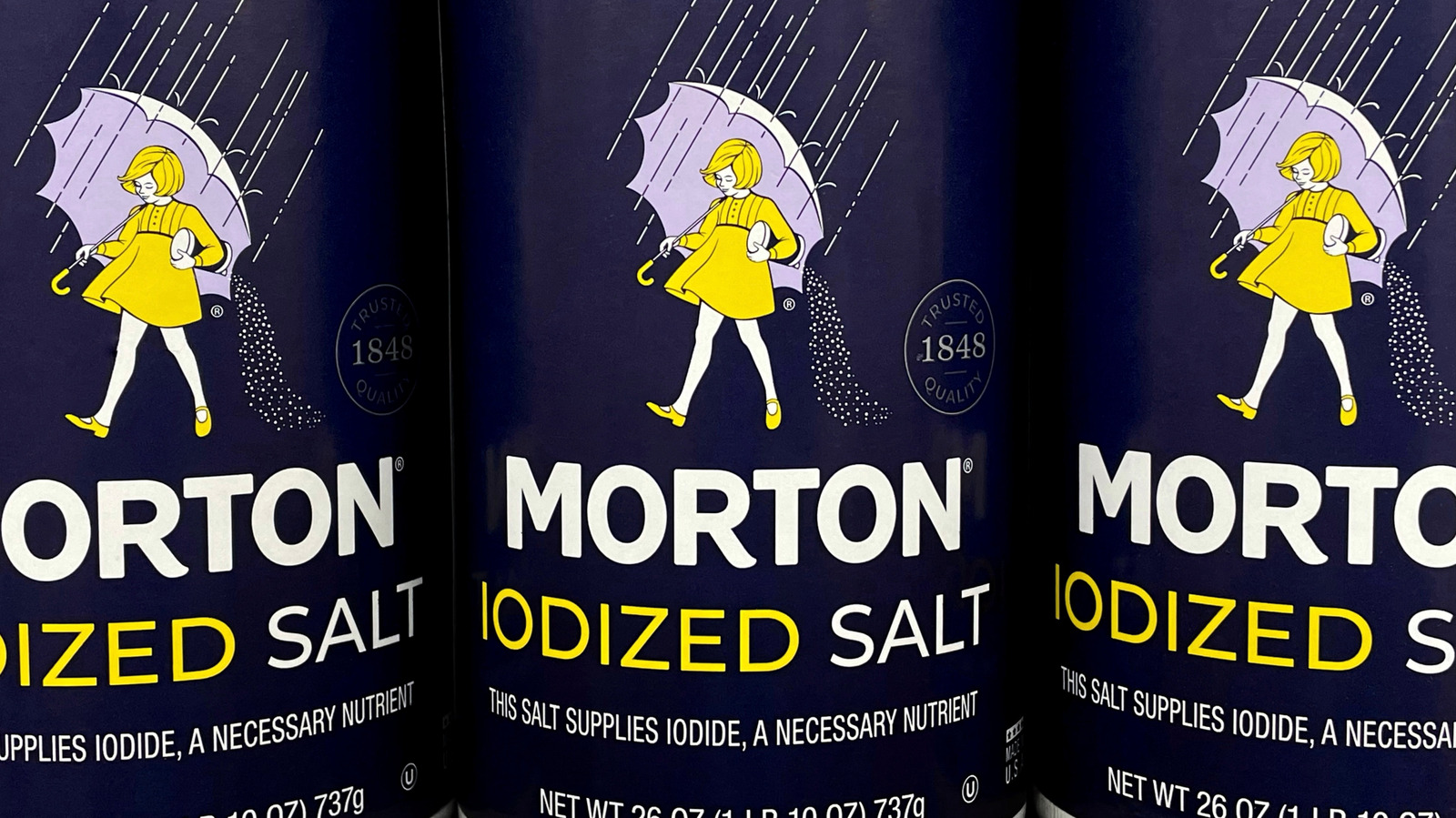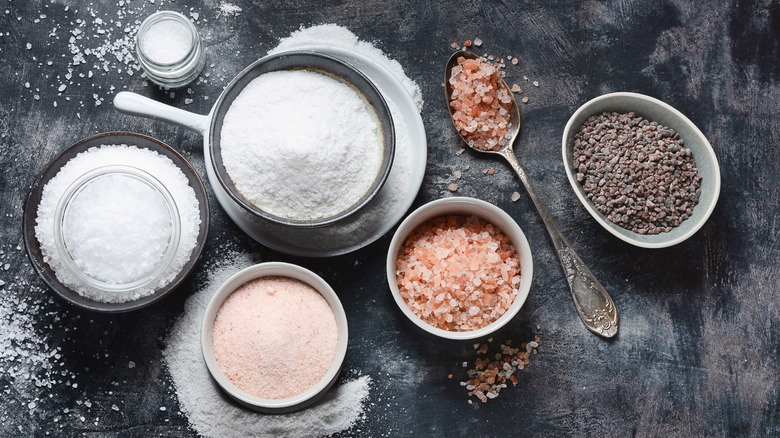Salt is a must-have ingredient, and you’d be hard-pressed to find a kitchen that lacks it. However, if you look closer at your table salt container, you’ll notice it probably says something like “iodized salt.” While most folks might not think twice about this since it’s just one of those things you’ve grown up using, there’s actually an interesting history behind iodine’s addition.
Discovered in 1811 at a factory producing saltpeter, iodine is a nutrient the thyroid gland needs to make the hormone thyroxine. When a person has a deficient amount of iodine in their body, it can cause the thyroid to swell, making breathing and swallowing difficult. Moreover, a lack of iodine can cause mental confusion, infertility, stunted growth, intellectual disabilities, and a range of birth defects. Because of this, an adequate intake of iodine is especially important for people who are pregnant or breastfeeding. However, many Americans suffered from an iodine-deficient diet back in the day. During World War I, one Michigan physician even declared over 30% of 583 draft registrants ineligible for service due to goiters (swollen thyroids). To curb this growing problem, iodized salt was introduced in 1924 in Michigan and quickly proved to be an efficient way to decrease iodine deficiency.
While iodized salt remains an important source of iodine, you don’t need much of it per day to reach your recommended intake; only four teaspoons, and that’s not considering other iodine-providing foods like fish and dairy products that have become more accessible. And, if you’re not at risk for iodine deficiency, there are many other types of salt to try out that can elevate your cooking.
Iodized salt shouldn’t be your go-to for everything
While it can be part of a balanced diet, there are a lot of things you shouldn’t use iodized table salt for in the kitchen. For example, table salt is a poor seasoning for steaks, and when salting pasta water, iodized salt can react with chloramine-treated water to create potentially toxic compounds like iodinated trihalomethanes.
Likewise, you don’t want to substitute iodized table salt for pickling salt even though it is technically viable. This is because iodized salt can cause the brine to darken or become cloudy and discolored. Moreover, the anti-caking agents can change the texture and flavor of what you’re canning. While still edible, it can make checking for things like botulism more difficult due to the cloudiness of the brine.
Although iodized table salt largely won’t negatively impact the flavor of most dishes, it’s worth keeping in mind alternatives like sea salt, kosher salt, and smoked salts that can really give an extra oomph when used correctly. Life’s too short to use just one type of salt all the time, so don’t be afraid to broaden your culinary horizons!





